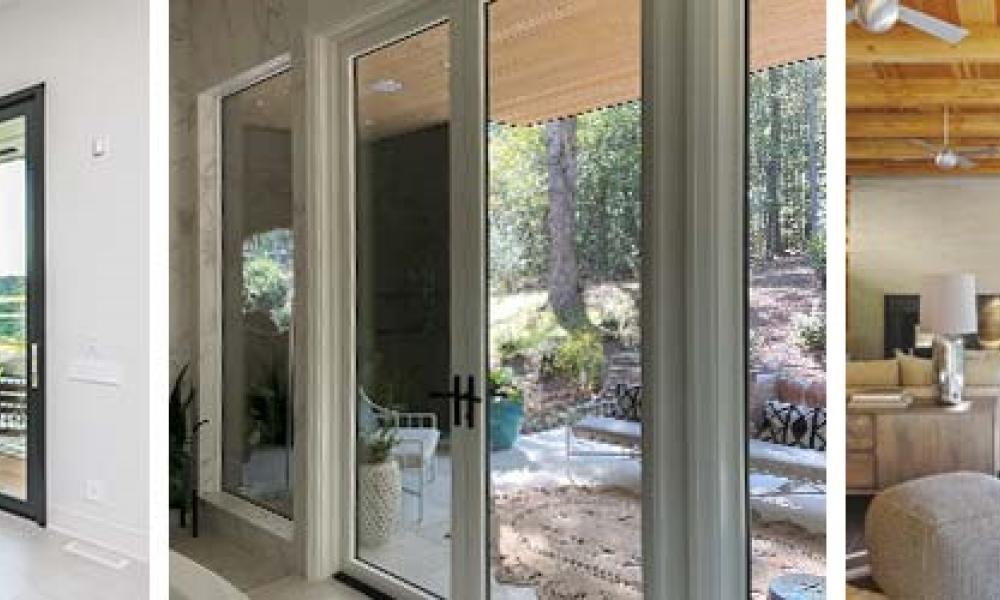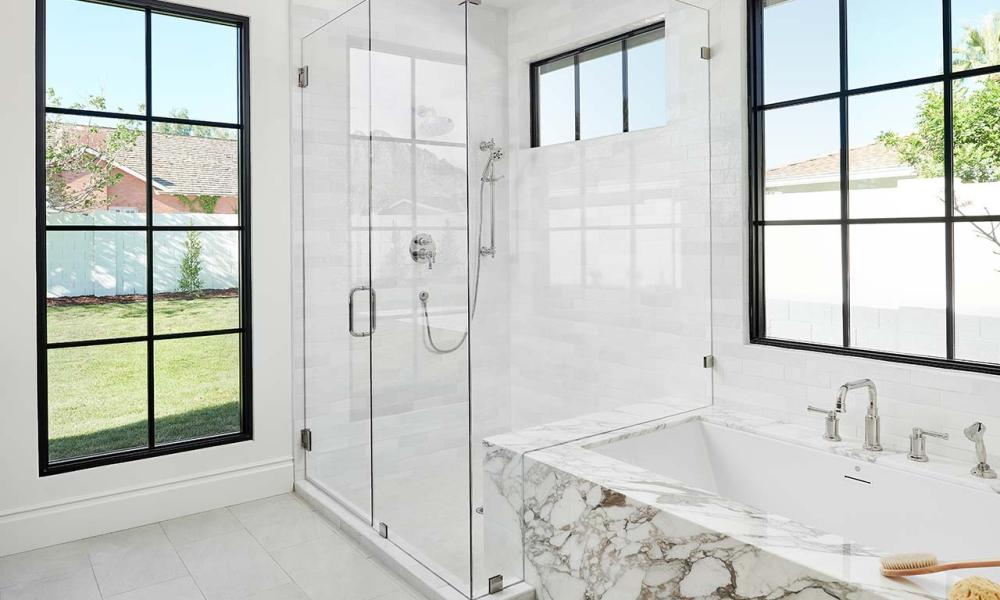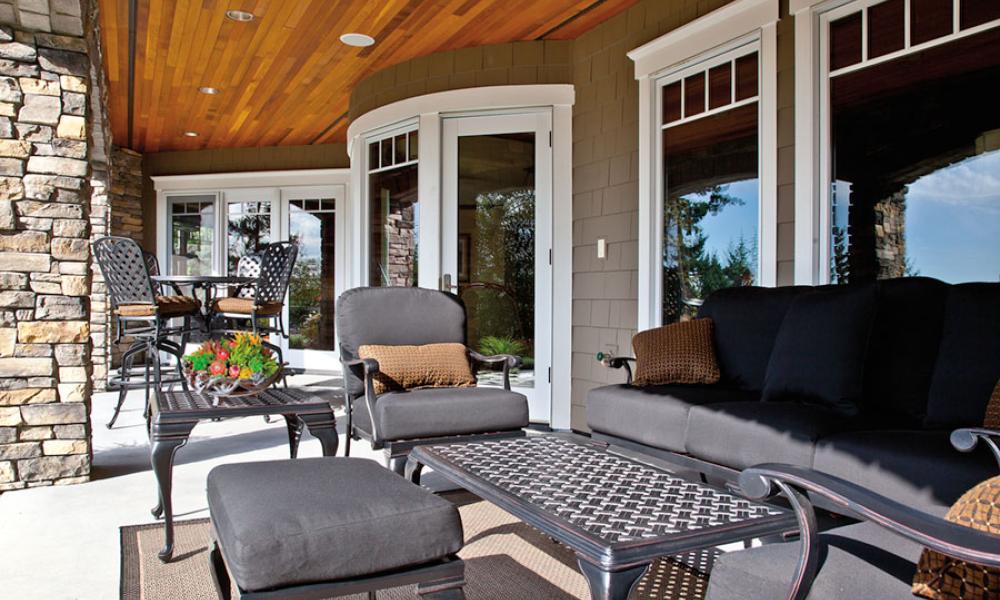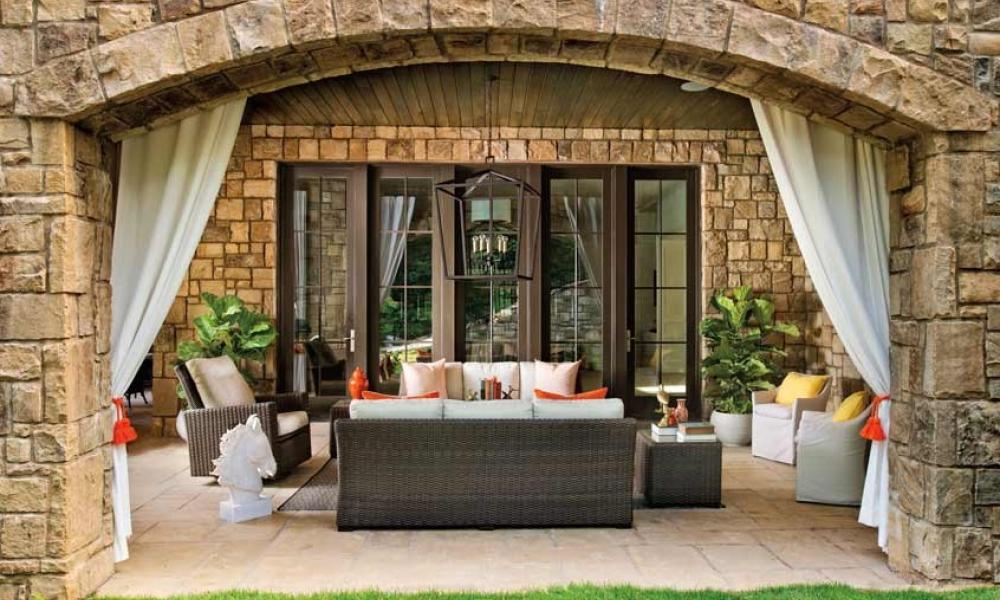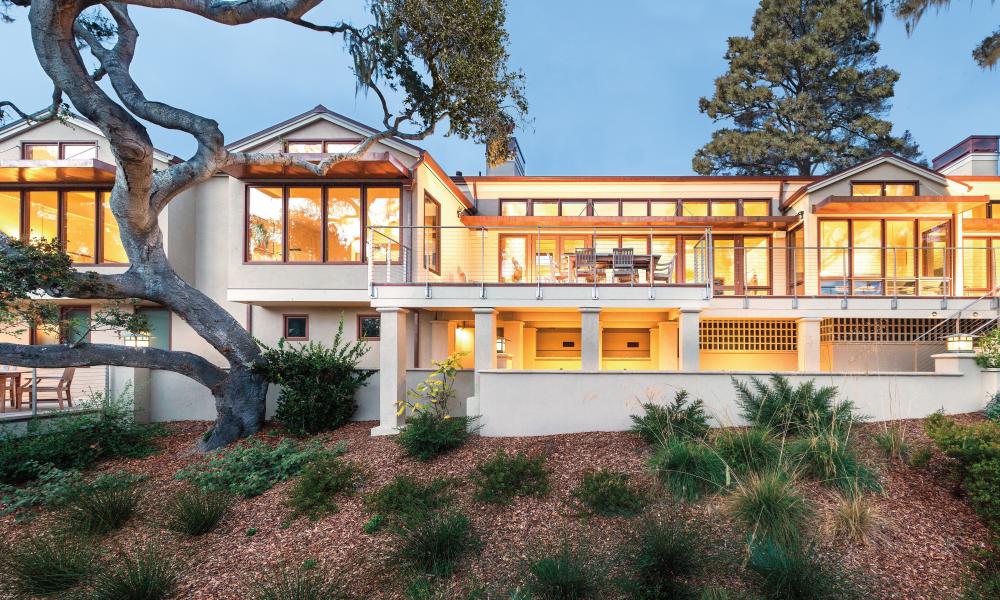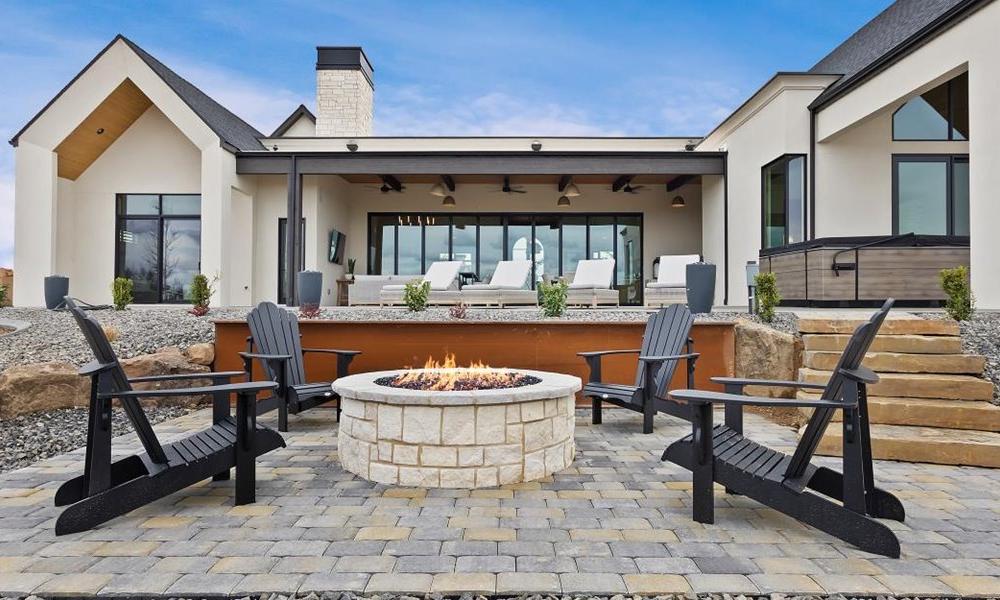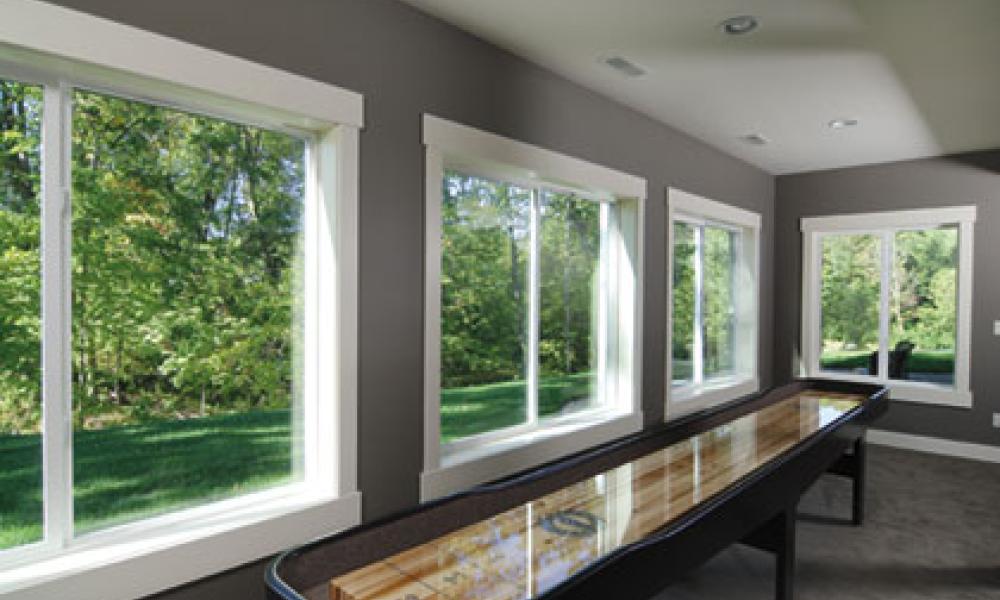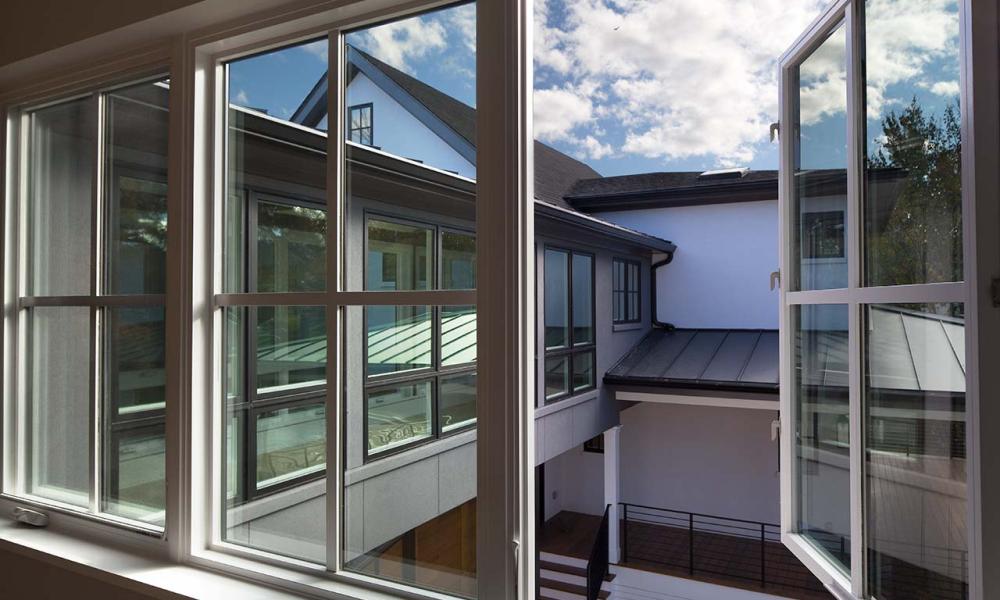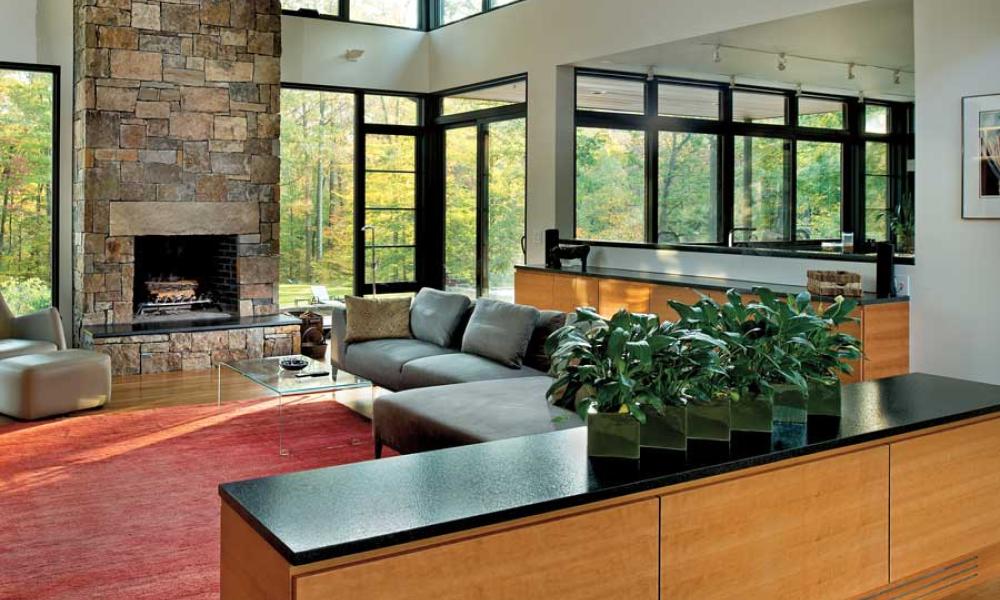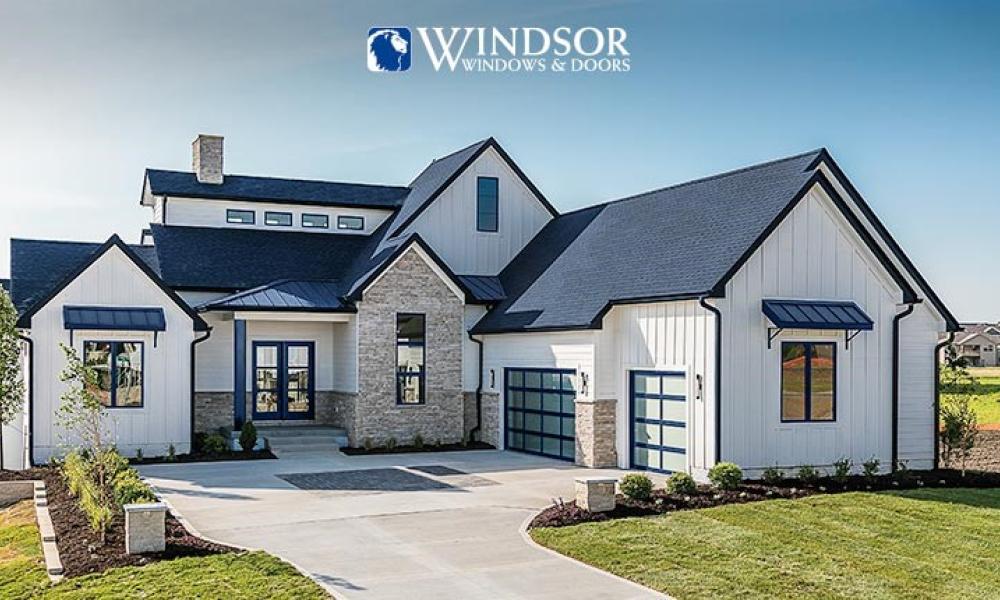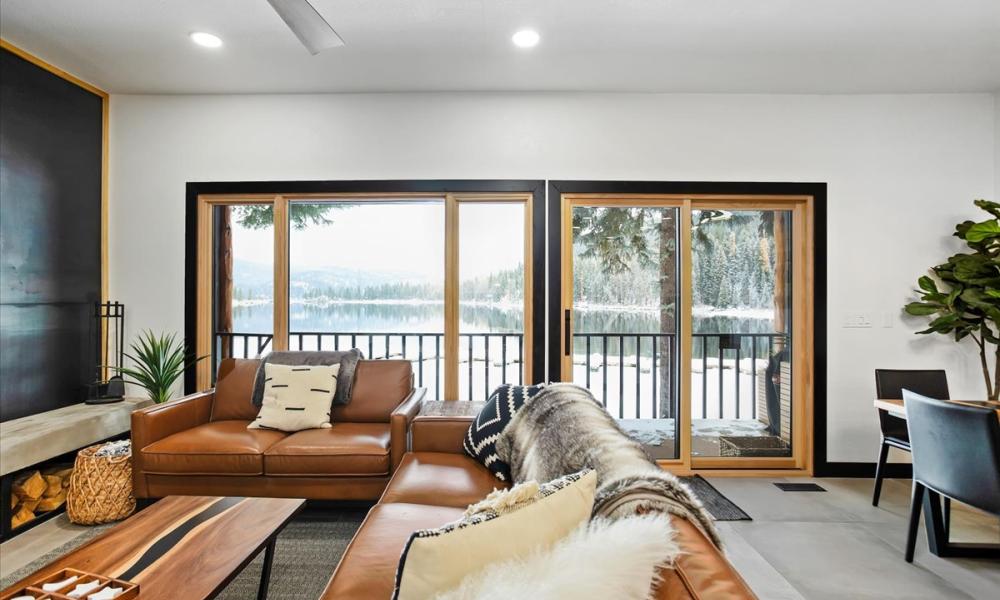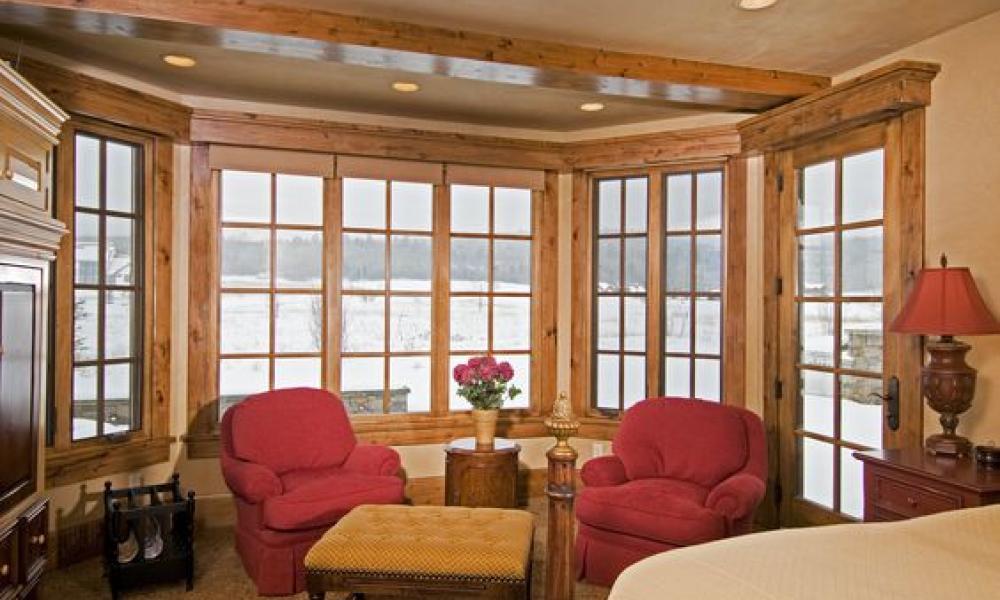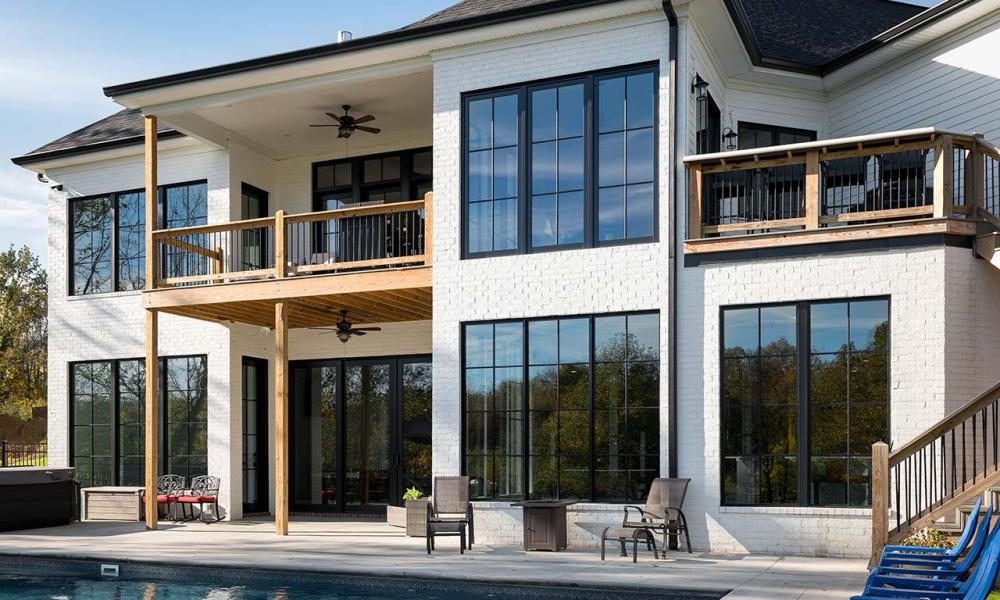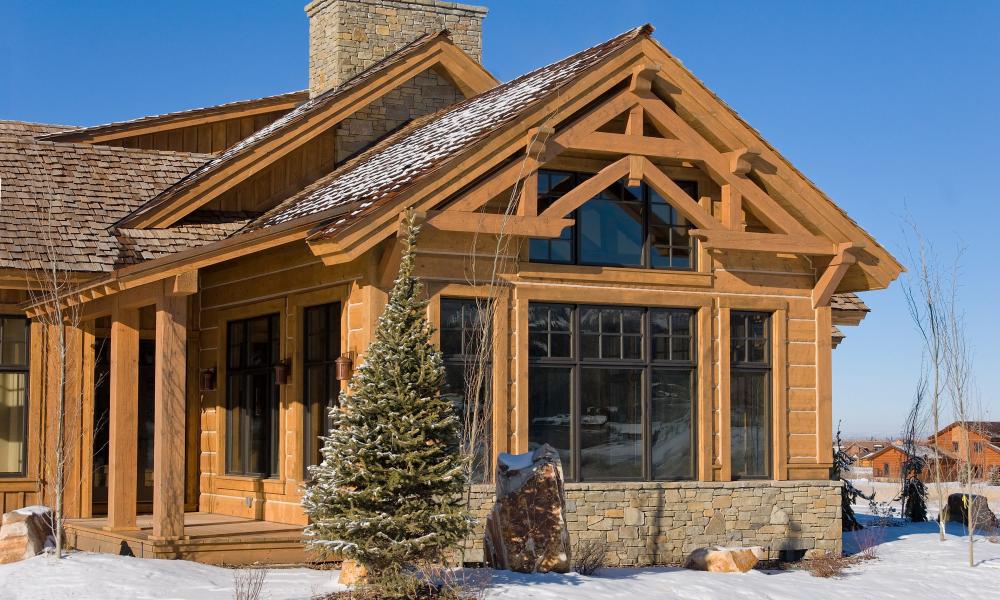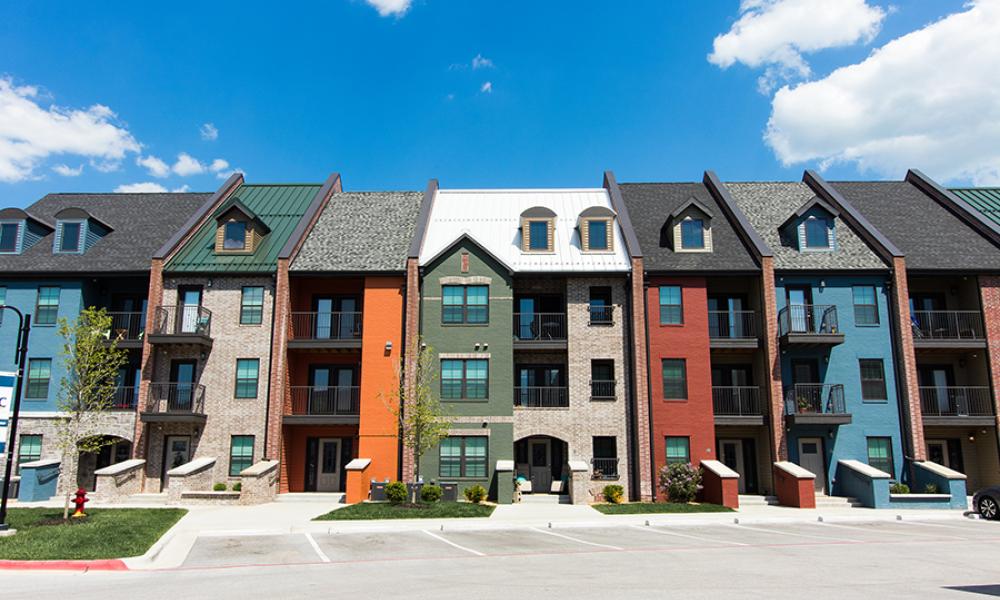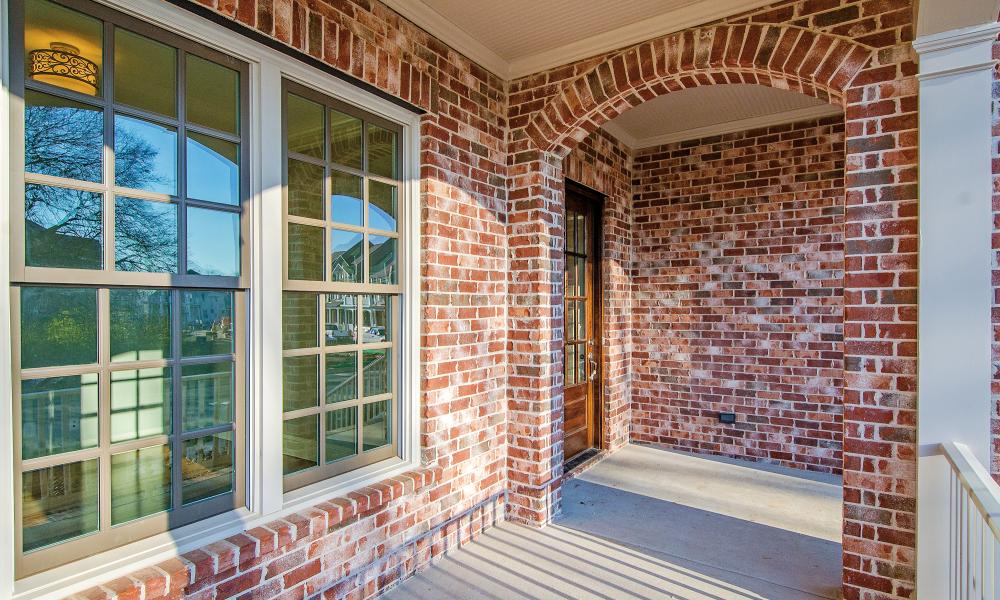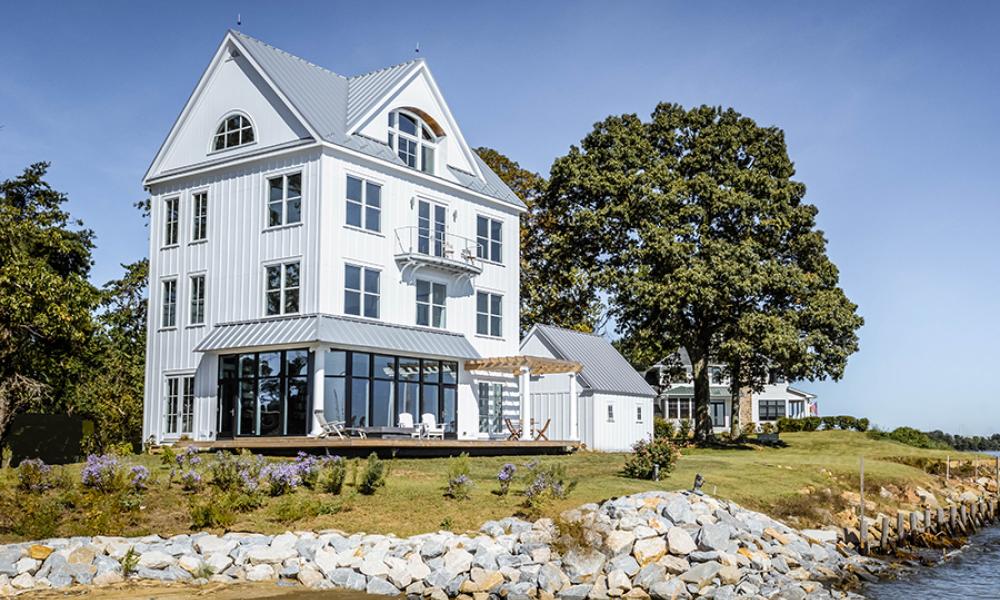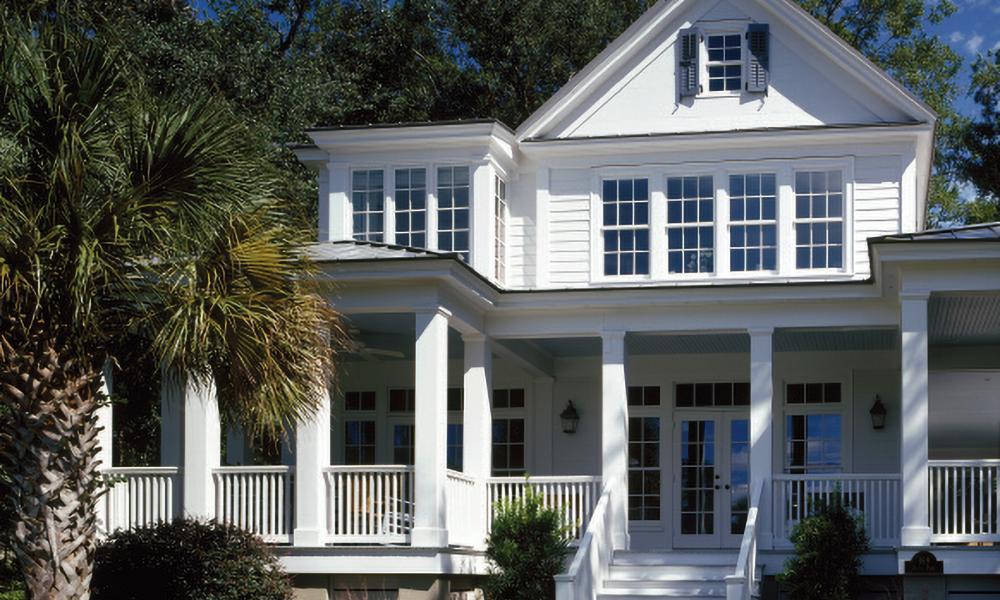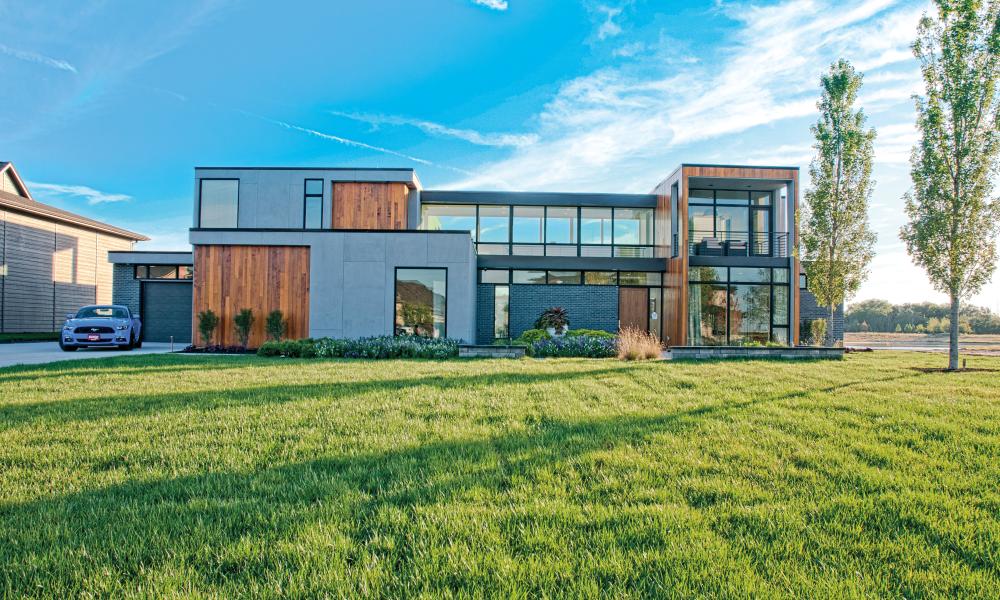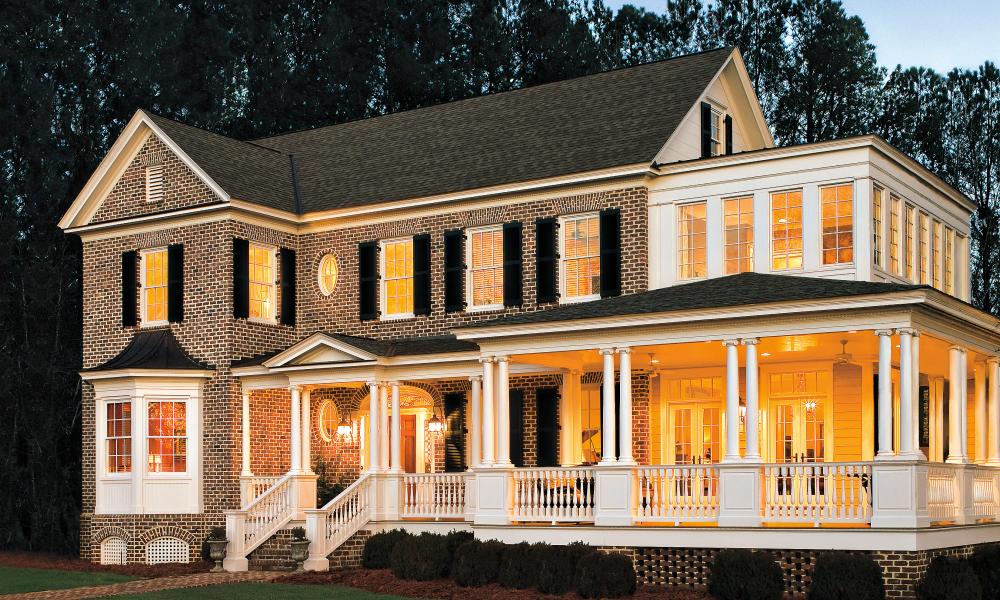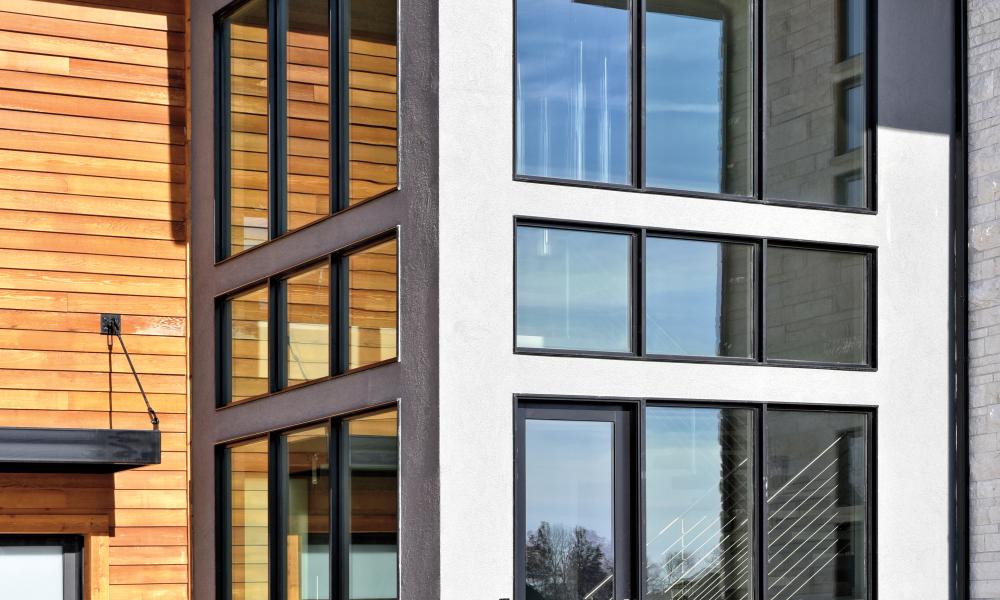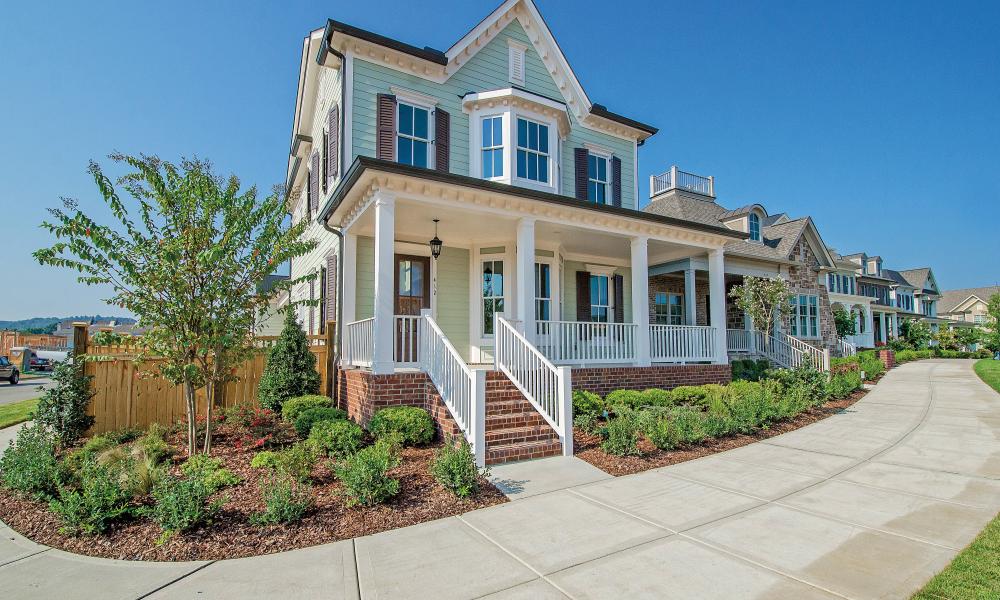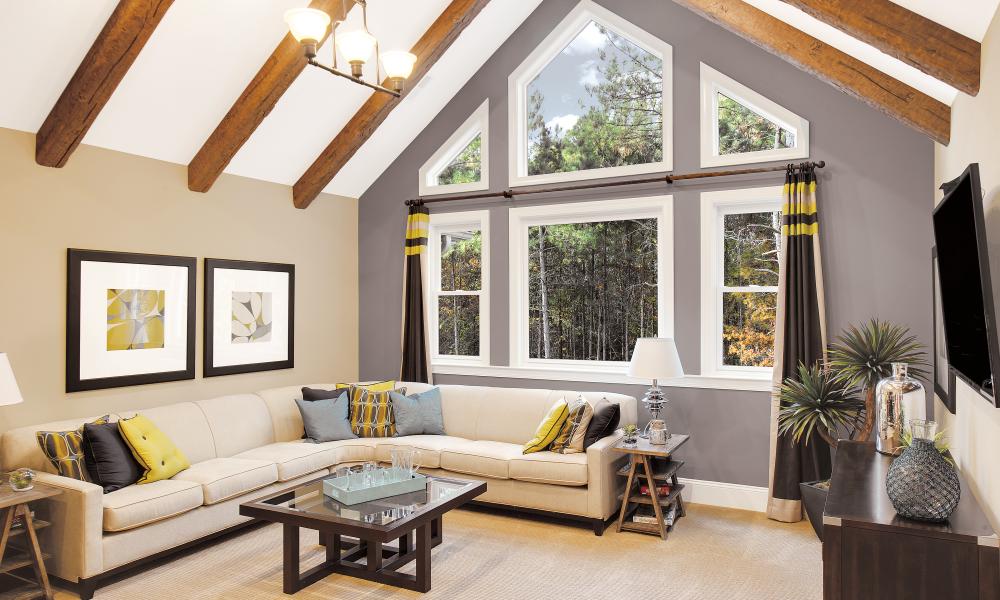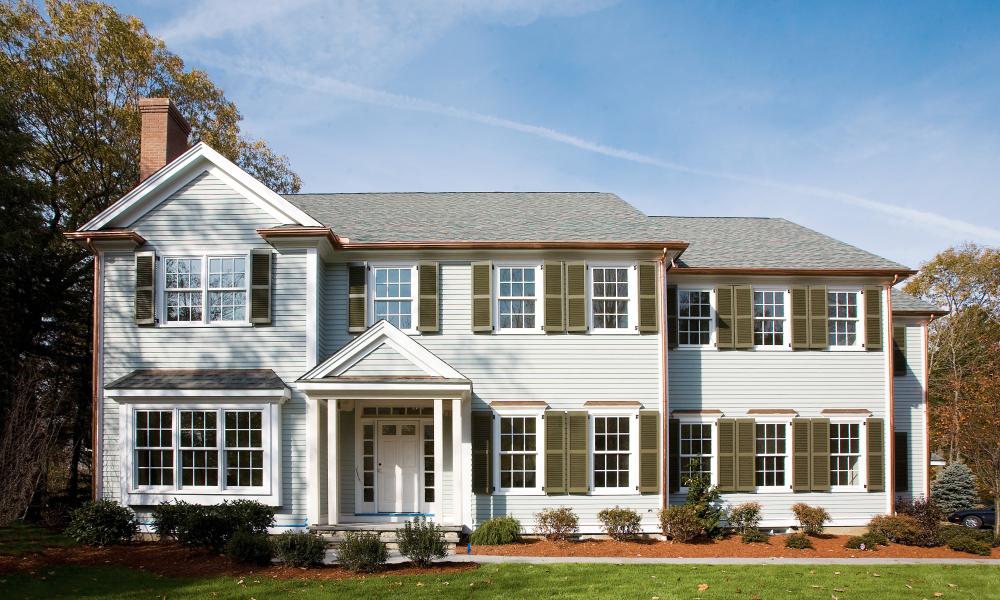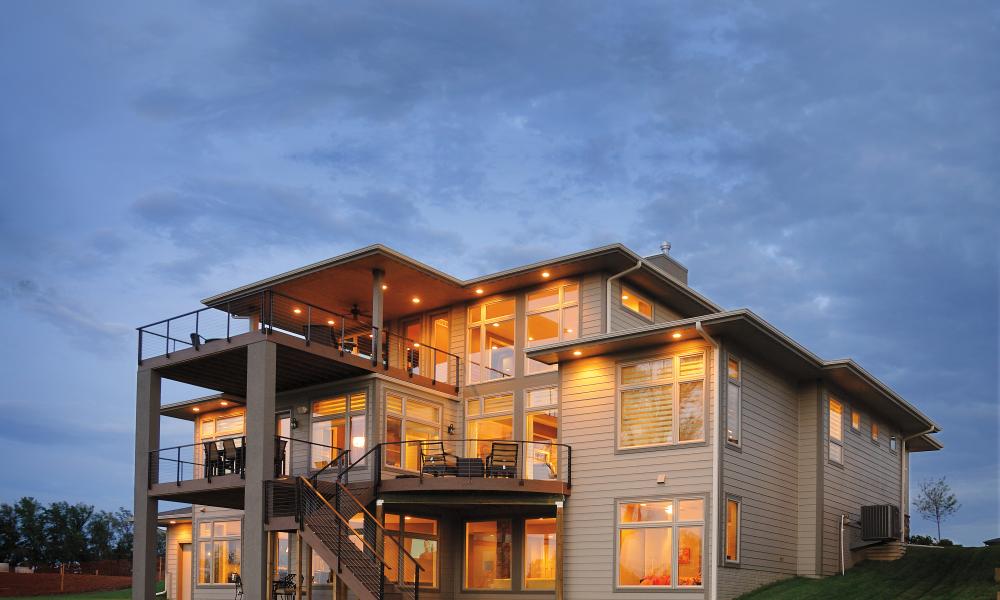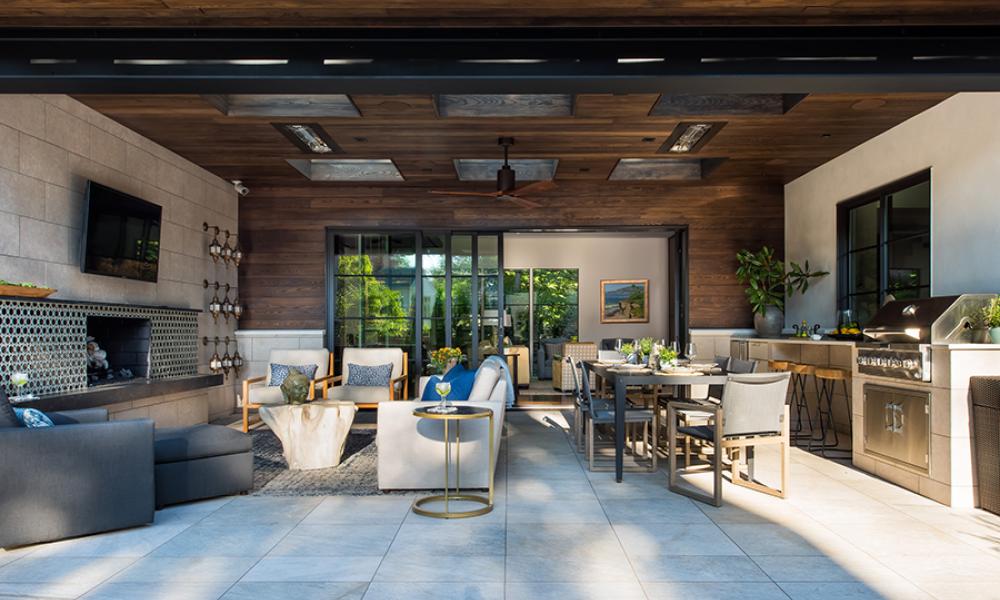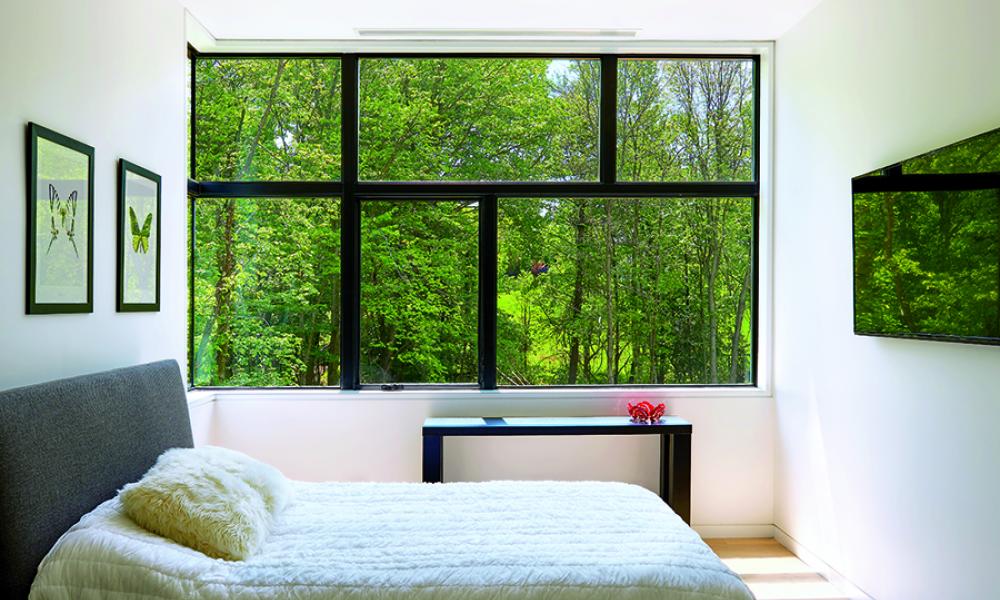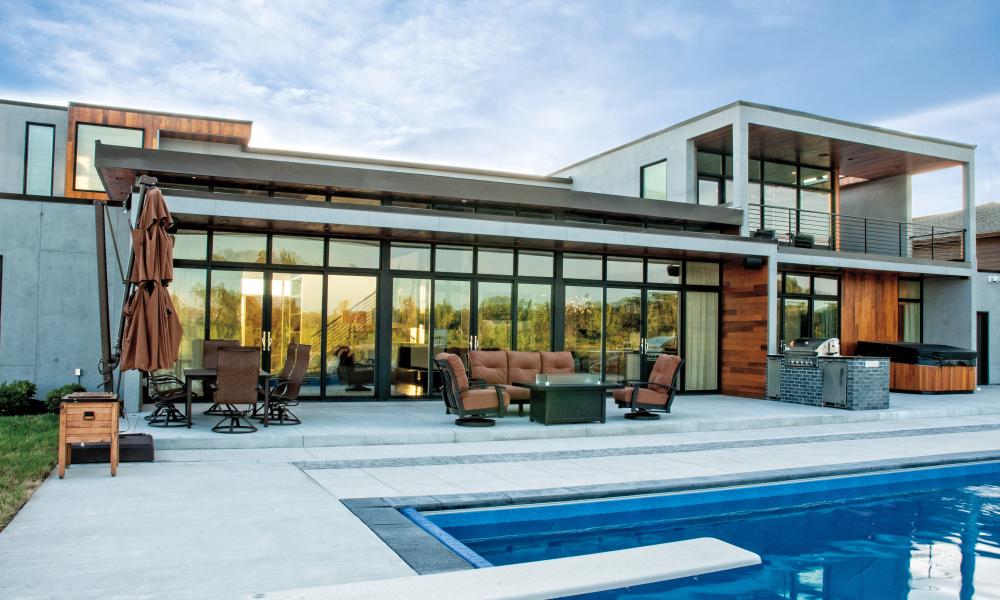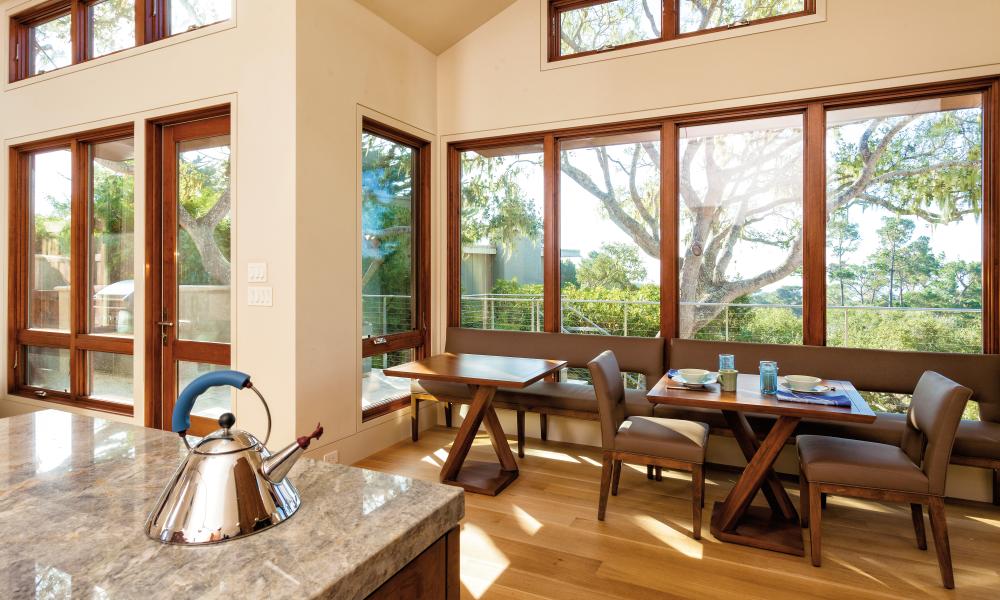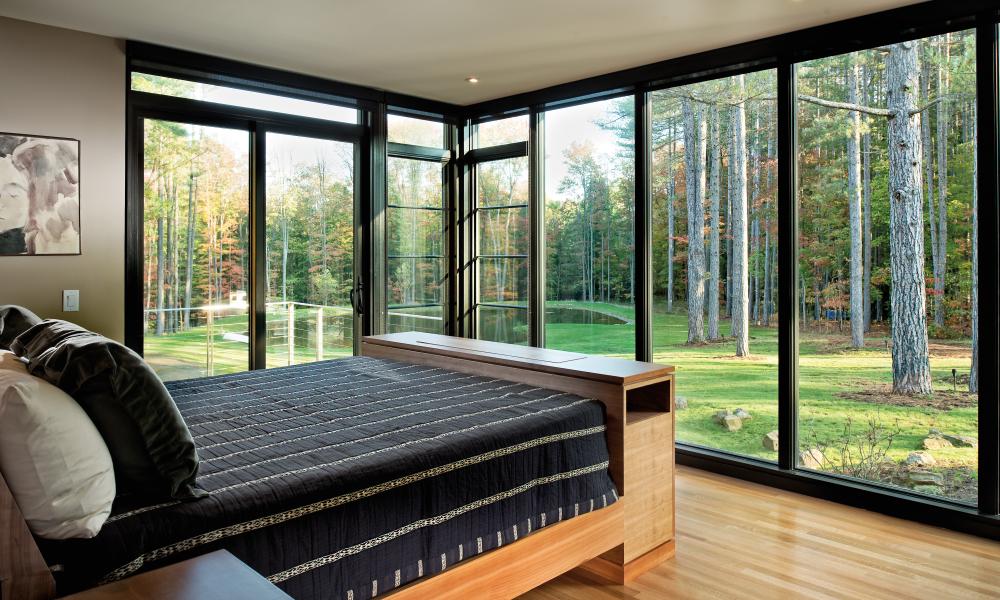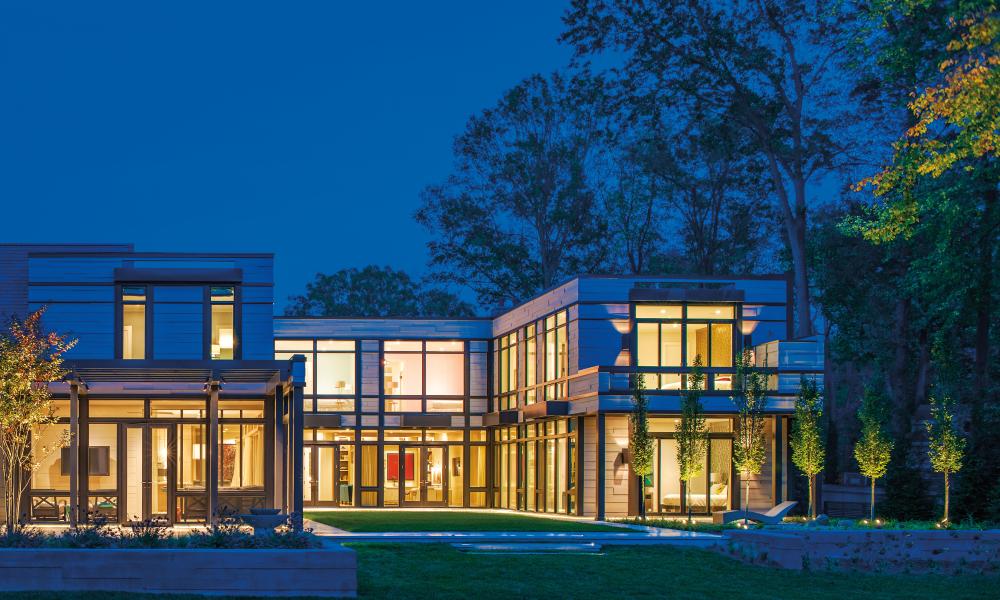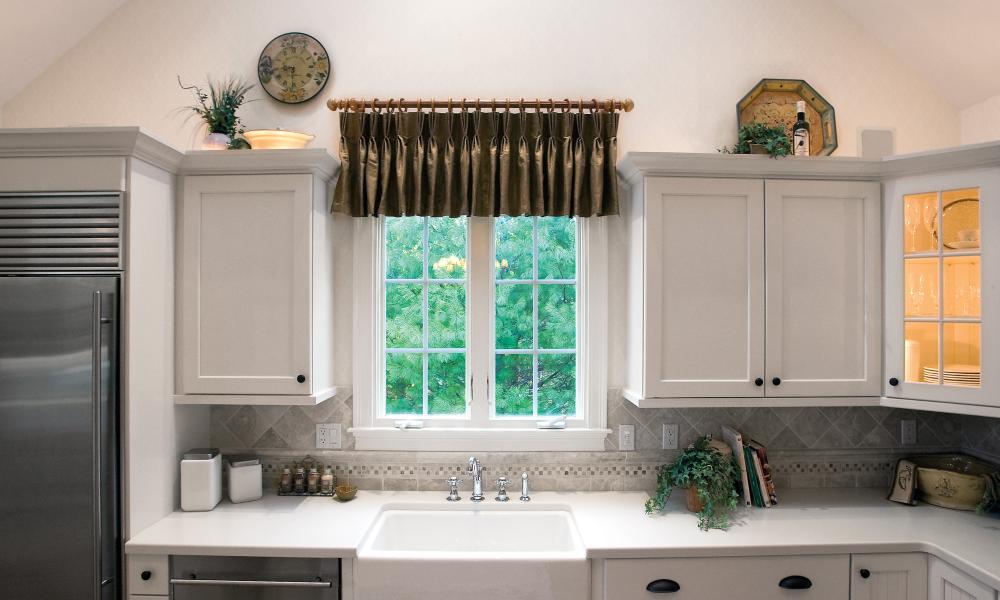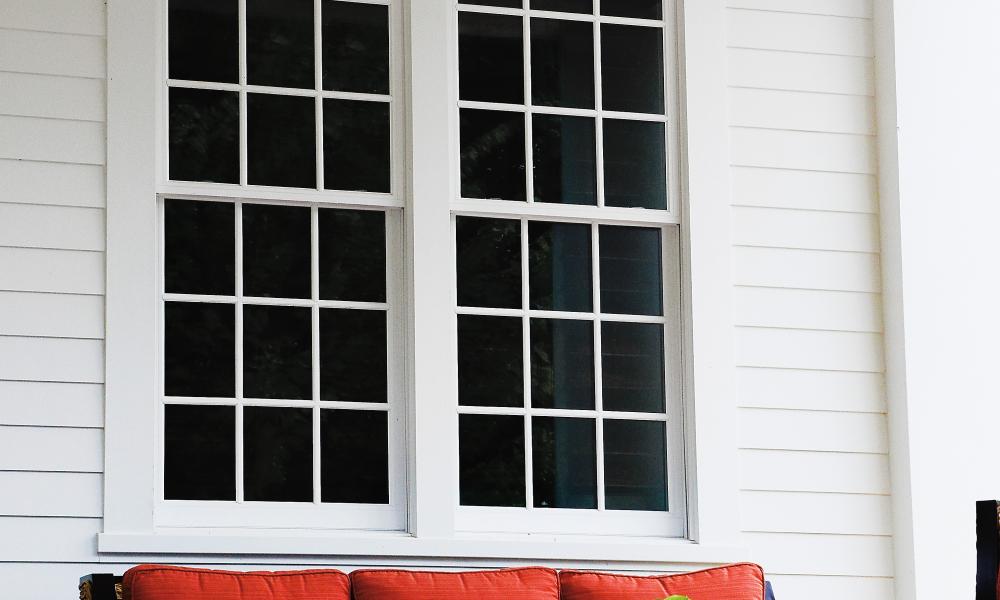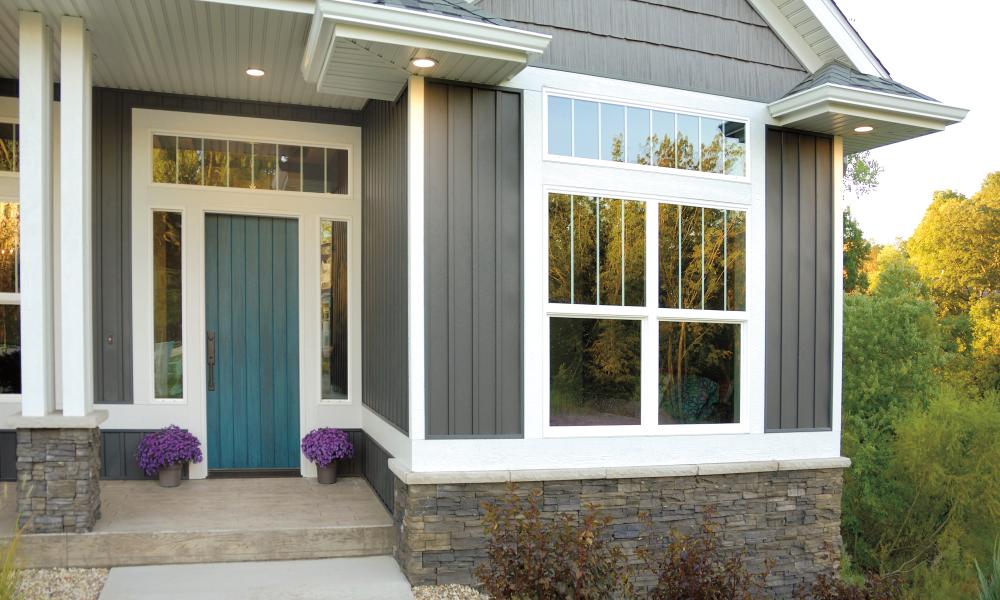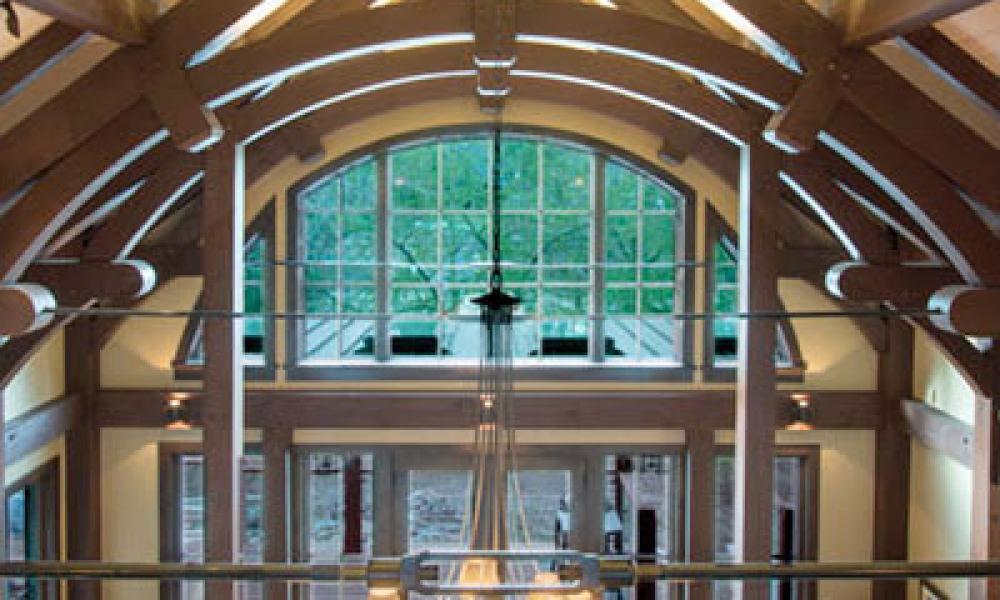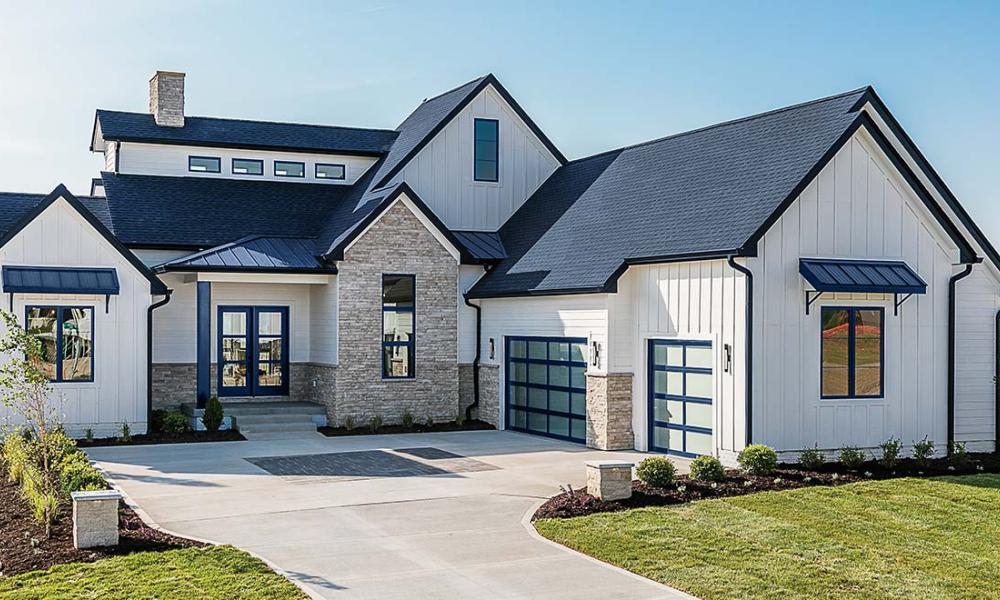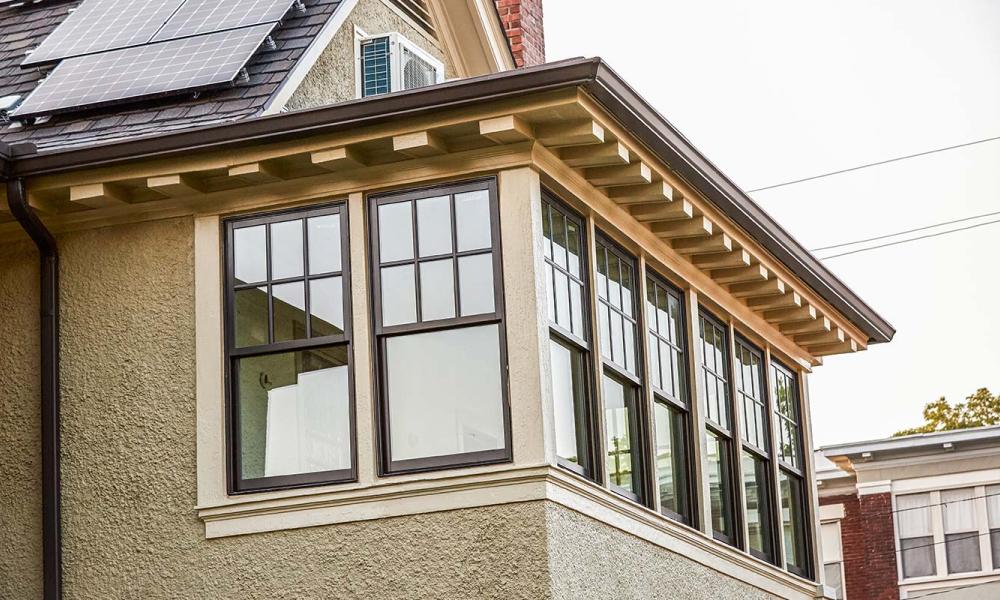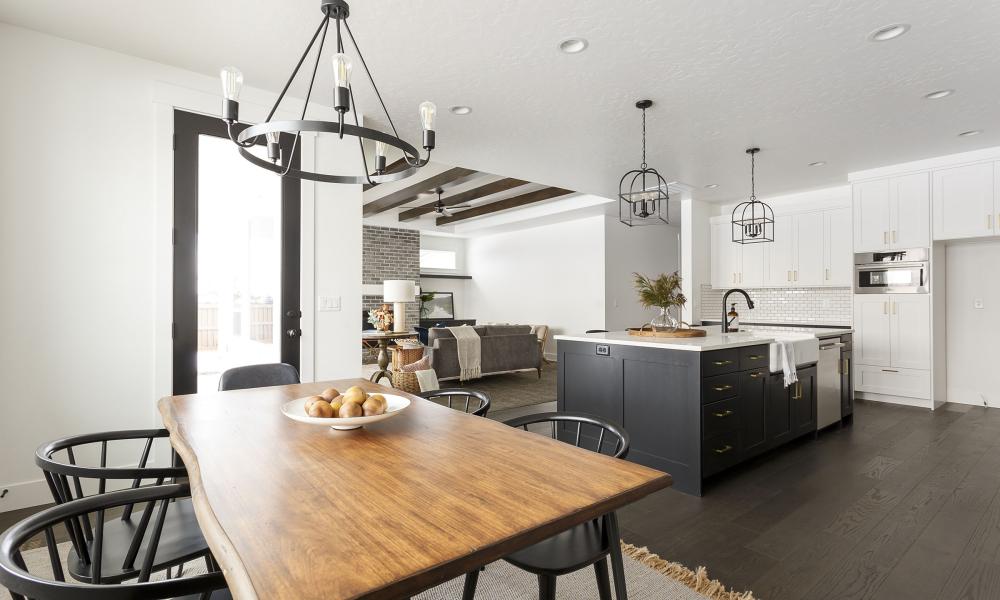What is a Casement Window?
In the ever-evolving realm of home design, where trends come and go, certain elements stand the test of time. Casement windows are one such classic architectural feature that has graced homes for centuries, and their enduring appeal continues to captivate homeowners and designers alike. In this blog post, we'll explore the charm and functionality of casement windows, shedding light on why they remain a cherished choice in modern architecture.
Historical Roots:
Casement windows have a rich historical background, dating back to medieval times. Initially crafted with wooden frames and small glass panes, they were a symbol of architectural innovation. The hinge mechanism that allows them to swing outward was a revolutionary concept, enabling better ventilation and natural light, a luxury in eras predating electricity. Over time, casement windows evolved in design and material, but their core functionality remained, making them a hallmark of traditional and contemporary homes alike.
Timeless Aesthetics:
One of the most enticing aspects of casement windows is their timeless aesthetic. Their simple yet elegant design effortlessly complements various architectural styles, from classic Victorian and Colonial homes to sleek, modern structures. The unobstructed views they offer make them a popular choice for scenic locations, allowing homeowners to bring the beauty of the outdoors inside. Whether adorning a quaint cottage or a chic urban apartment, casement windows add a touch of sophistication to any space.
Natural Ventilation and Energy Efficiency:
Casement windows are renowned for their excellent ventilation properties. When opened, they catch side breezes and direct them into the interior, providing optimal air circulation. This natural ventilation not only promotes a healthier indoor environment but also reduces the reliance on artificial cooling systems, leading to energy savings. Additionally, their snug fit when closed ensures minimal air leakage, enhancing the overall energy efficiency of a home.
Versatility and Customization:
Casement windows offer unparalleled versatility in terms of design and customization. They can be tailored to fit various sizes and shapes, allowing architects and homeowners to experiment with unique window configurations. The frames can be crafted from a variety of materials, including wood, aluminum, or uPVC, catering to diverse tastes and budgets. Furthermore, casement windows can be single, double, or even triple-glazed, enhancing insulation and soundproofing properties, making them an ideal choice for urban dwellings.
Low Maintenance and Durability:
Modern casement windows are engineered for durability and low maintenance. Materials like uPVC or aluminum are resistant to rot, rust, and deterioration, ensuring that the windows retain their functionality and beauty over the years. Their straightforward design makes them easy to clean and maintain, allowing homeowners to enjoy their elegance without the hassle of extensive upkeep.
In the realm of home design, casement windows stand tall as a testament to the marriage of form and function. Their timeless appeal, coupled with excellent ventilation, energy efficiency, and customization options, makes them an enduring choice for homeowners seeking both elegance and practicality. As architectural trends come and go, casement windows continue to illuminate homes with their classic charm, reminding us that some designs are simply timeless, transcending the boundaries of fleeting fashion.
***For more information or to see these products in person, visit one of our showrooms located near Boise, Treasure Valley, McCall, Ketchum or Sun Valley**
